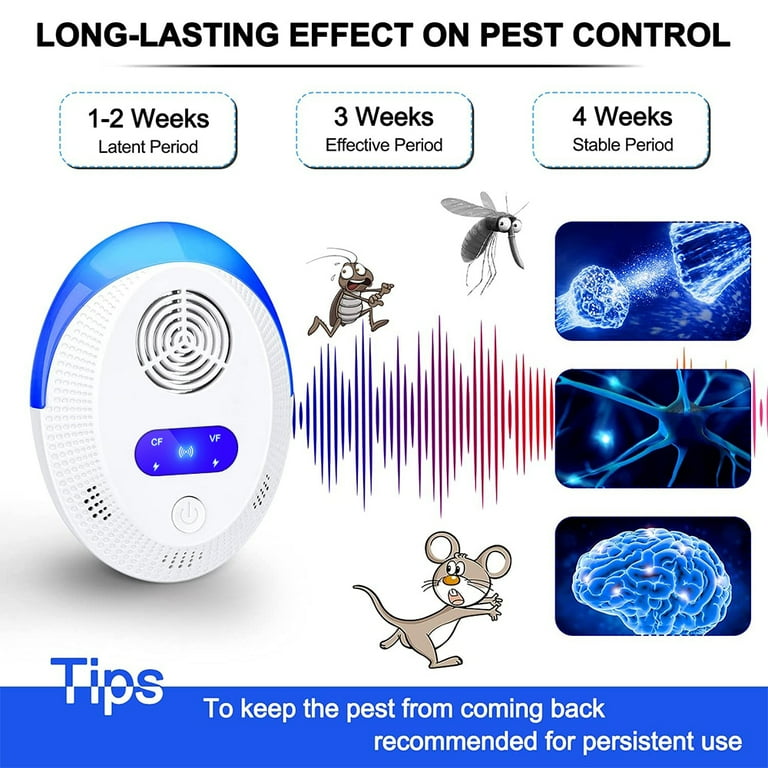What Does Eco Bed Bug Exterminators Dc Do?
What Does Eco Bed Bug Exterminators Dc Do?
Blog Article
9 Easy Facts About Eco Bed Bug Exterminators Dc Described
Table of ContentsThe Only Guide to Eco Bed Bug Exterminators DcThe Ultimate Guide To Eco Bed Bug Exterminators DcThe smart Trick of Eco Bed Bug Exterminators Dc That Nobody is DiscussingThe Eco Bed Bug Exterminators Dc StatementsEverything about Eco Bed Bug Exterminators Dc
Since chemicals are toxic, they are likewise possibly dangerous to people, pets, various other microorganisms, and the setting. People who make use of pesticides or consistently come in contact with them must recognize the family member poisoning, possible wellness results, and preventative procedures to decrease exposure to the items they make use of. Danger, or risk, of making use of pesticides is the potential for injury, or the level of danger associated with utilizing a pesticide under a provided collection of conditions.
Nonetheless, applicators can reduce or virtually get rid of direct exposure-- and thus reduce risk-- by adhering to the label directions, utilizing individual protective clothing and devices (PPE), and dealing with the pesticide effectively. More than 95 percent of all chemical exposures come from dermal exposure, primarily to the hands and forearms. By wearing a pair of unlined, chemical-resistant gloves, this sort of direct exposure can be virtually eliminated.
The damaging impacts that occur from a single direct exposure by any type of path of entry are described "intense effects." The 4 paths of direct exposure are dermal (skin), inhalation (lungs), oral (mouth), and the eyes. Intense poisoning is determined by taking a look at the facial toxicity, breathing toxicity, and dental poisoning of test animals.
Eco Bed Bug Exterminators Dc for Beginners
Severe poisoning is gauged as the amount or concentration of a toxicant-- the a.i.-- called for to eliminate half of the pets in a test population. This action is usually revealed as the LD50 (dangerous dosage 50) or the LC50 (lethal concentration 50). Furthermore, the LD50 and LC50 values are based upon a single dosage and are tape-recorded in milligrams of pesticide per kilo of body weight (mg/kg) of the guinea pig or in components per million (ppm).
The reduced the LD50 or LC50 value of a chemical item, the higher its poisoning to people and animals. Chemicals with a high LD50 are the least poisonous to people if used according to the instructions on the product label. The persistent toxicity of a chemical is figured out by subjecting guinea pig to long-lasting exposure to the active component.
The persistent toxicity of a pesticide is a lot more difficult than severe poisoning to determine via laboratory analysis. Products are classified on the basis of their family member intense poisoning (their LD50 or LC50 values). Chemicals that are categorized as highly toxic (Poisoning Group I) on the basis of either oral, dermal, or breathing poisoning should have the signal words risk and toxin printed in red with a skull and crossbones sign prominently presented on the front panel of the package label.
The intense (solitary dosage) dental LD50 for chemical products in this group ranges from a trace total up to 50 mg/kg. For instance, exposure of a few decreases of a material taken orally can be deadly to a 150-pound individual. Some chemical products have simply the signal word risk, which tells you absolutely nothing regarding the intense toxicity, simply that the item can cause severe eye damages or severe skin irritation
The Only Guide to Eco Bed Bug Exterminators Dc
In this group, the intense dental LD50 arrays from 50 to 500 mg/kg. A tsp to an ounce of this material might be deadly to a 150-pound individual (exterminator see page DC). Chemical items identified as either slightly toxic or reasonably safe (Toxicity Classifications III and IV) are called for to have the signal word CAUTION on the chemical label

All chemical toxicity worths, including the LD50, can be located on the item's Material Safety Data Sheet (MSDS) - how to get rid of bed bugs. Pesticide labels and MSDS can be acquired from sellers or makes. Additionally, many items likewise have information that can be located on the net. The symptoms of pesticide poisoning can vary from a moderate skin inflammation to coma or perhaps fatality.
Because of possible health concerns, pesticide users and handlers must acknowledge the typical signs and symptoms of chemical poisoning. The impacts, or signs and symptoms, of chemical poisoning can be extensively specified as either topical or systemic.
The Main Principles Of Eco Bed Bug Exterminators Dc
Dermatitis, or inflammation of the skin, is accepted as the most generally reported topical impact related to pesticide exposure. Signs of dermatitis range from reddening of the skin to rashes and/or blisters. Some people often tend to cough, hiss, or sneeze when exposed to chemical sprays. Some individuals respond to the solid smell and annoying effects of oil extracts made use of as carriers in chemical products.
This sign generally subsides within a few minutes after an individual is eliminated from the exposure to the irritant. Nevertheless, a response to a chemical item that creates somebody not only to sneeze and cough but additionally to develop extreme intense breathing signs and symptoms is much more likely to be a real hypersensitivity or allergy.
Systemic impacts are rather different from topical effects. They commonly take place away from the initial point of get in touch with as an outcome of the chemical being taken in right into and distributed throughout the body. Systemic effects typically consist of nausea or vomiting, vomiting, tiredness, migraine, and digestive conditions. In sophisticated poisoning instances, the individual may experience adjustments in heart rate, problem breathing, convulsions, and coma, which could bring about fatality.
Report this page